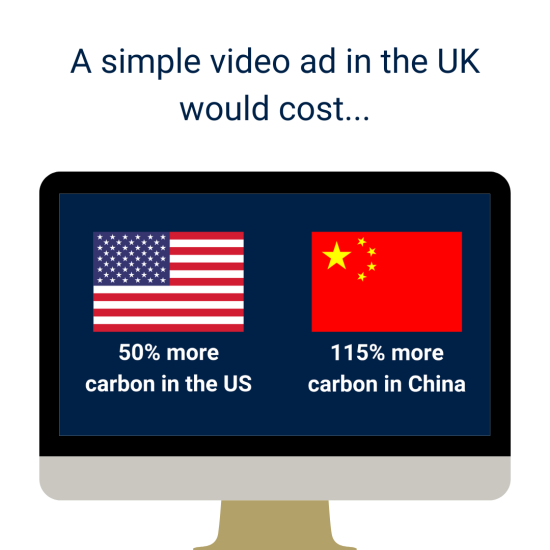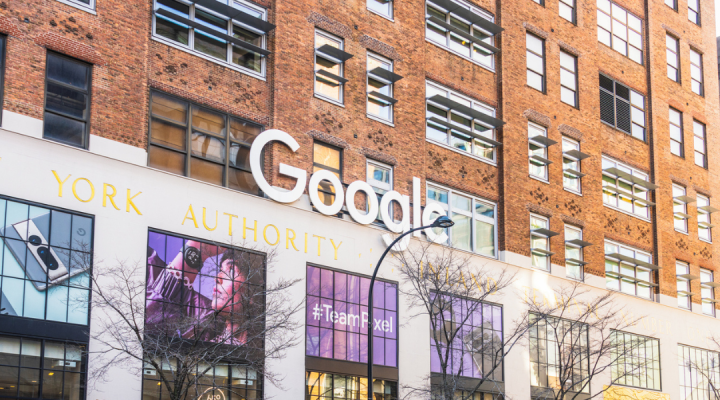In 2020, the Finish detergent brand made a bold move to save billions of gallons of water each year. It asked customers not to pre-rinse dishes before putting them in the dishwasher, using the catchy hashtag #SkipTheRinse. This brand, owned by the big British company Reckitt, said that pre-rinsing dishes uses a lot of water – up to 57 litres per load. But Finish claims its product is so effective at cleaning that pre-rinsing is unnecessary, wasting water.
Teaming up with National Geographic, WWF, Love Water UK, and the Nature Conservancy, Reckitt launched a campaign that shows how advertising can make people adopt more eco-friendly habits. This is especially important now, as droughts and wildfires remind us that water is becoming scarce due to climate change.
The #SkipTheRinse campaign also points out something important about advertising's environmental impact. With the advertising industry having a huge influence on society, it's crucial for it to help the world shift towards using less carbon.
It's clear that both the internal and the external impact of advertising should be tackled together. The Ad Net Zero report, which I developed for the Oxford Future of Marketing Initiative at Saïd Business School, develops a framework for doing just that.
By adopting comprehensive strategies that encompass emissions reduction, behaviour change and transparent reporting, the industry can align its efforts with the broader global goals of combating climate change while ensuring its own sustainability and growth.
Companies often forget that advertising can inspire people to make greener choices. Even though many companies are cutting carbon emissions in how they create and show ads, they’re missing out on the power of advertising to change behaviour in a positive way.
Oddly enough, these same companies are great at showing how their products are eco-friendly, in a bid to attract climate-conscious consumers. The global advertising industry is worth a whopping $830 billion and can make big changes in society, but most companies haven't thought about what behaviours they want beyond just people buying their products. That is a missed opportunity. If companies connect the behaviour they want to see with the products they’re advertising, they can make a big impact.

It’s not just about telling people to be greener – there needs to be a good reason for them to do it. Reckitt's #SkipTheRinse campaign worked well because it helped people save water without asking them to give up anything. It also highlights how such adverts work when you combine both goals - corporate outcomes and profit are connected to better environmental outcomes. The missed opportunity is this joint-optimisation.
However, figuring out how much carbon comes from advertising is tough. There are two kinds: the emissions from showing an ad and the emissions from what people do after they see the ad. It’s not clear who is responsible for these emissions. Take cars, for example. Is the ad responsible for all the emissions from a vehicle? It’s likely the carmaker has a big role to play. But advertising might also make people drive more carefully, which is better for the environment.
What's missing is a consistent way to track and report carbon emissions from advertising. The Ad Net Zero campaign, an industry initiative, is trying to fix this by making advertising less polluting. But the lack of clear rules causes problems. Without everyone singing to the same tune, it's hard to believe companies when they say they're eco-friendly. It won't lead to consistent change; it'll sow confusion.
The Ad Net Zero report has developed a framework to address this. Coarsely, it looks at how much energy each way of showing an ad uses, like on TV or the internet. It takes into consideration information travelling on servers, reams of paper on trucks - as well as the carbon intensity of different power grids around the globe. Next, it checks how many people see them. This helps to determine how much impact one ad has on the environment.
For companies that have pledged net zero goals (50% of the top 2000 largest global companies, according to the Net Zero tracker from the Oxford Net Zero) this calculation could show very poor return-on-carbon for advertising in countries with 'dirtier' power grids, resulting in a higher carbon-cost of customer acquisition in those markets, and an incentive for companies to shift investment towards markets operating cleaner power grids.

As an illustration, if I started with a simple online video ad in the UK, the exact same strategy deployed in the USA would cost me 50% more carbon, and 115% more if I used that asset in China. This is a very meaningful cost difference if my company has a carbon budget that must be balanced. This implies that there may be increasing economic incentives to drive worldwide shifts in domestic and regional emissions, in order to sustain competitive business expenses with and within specific countries.
This all helps to understand how people change their behaviour. The 'Behavioural Response Function' is a tool, detailed in my report, that helps us understand how different people act, which is not always clear. We can use it to compare two groups of people – one that saw an ad and another that didn’t. And we can see how their behaviour changes, and if it’s a big change.
In the end, these tools aim to guide companies towards using less carbon while still growing. Advertising has a big role in making the economy less polluting, and it can help brands and consumers shift their behaviour while being mindful of the environment, too.




